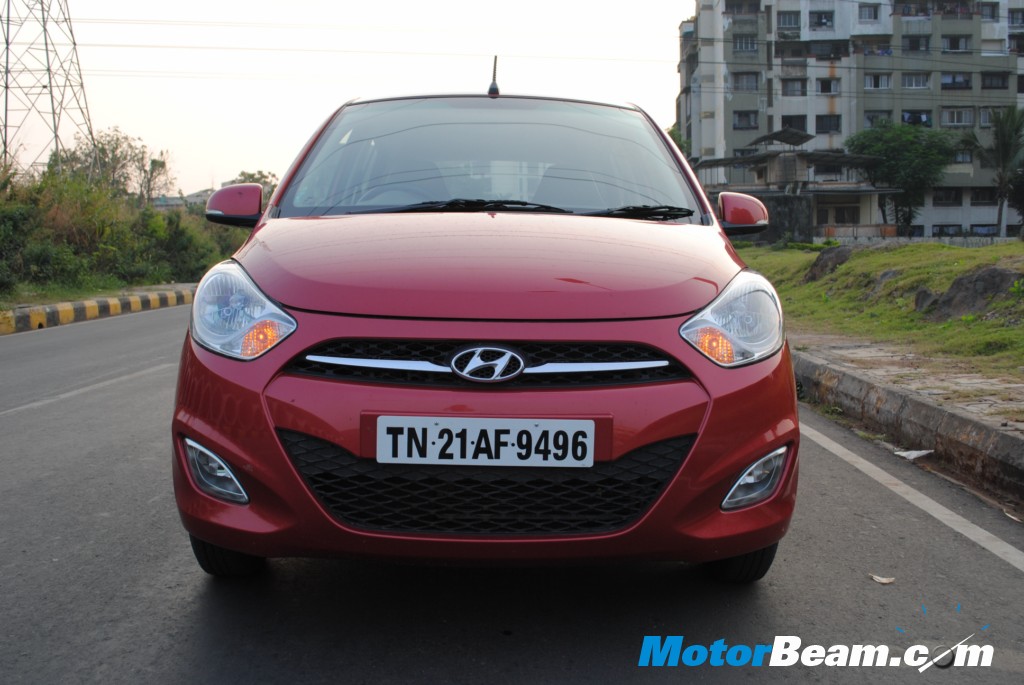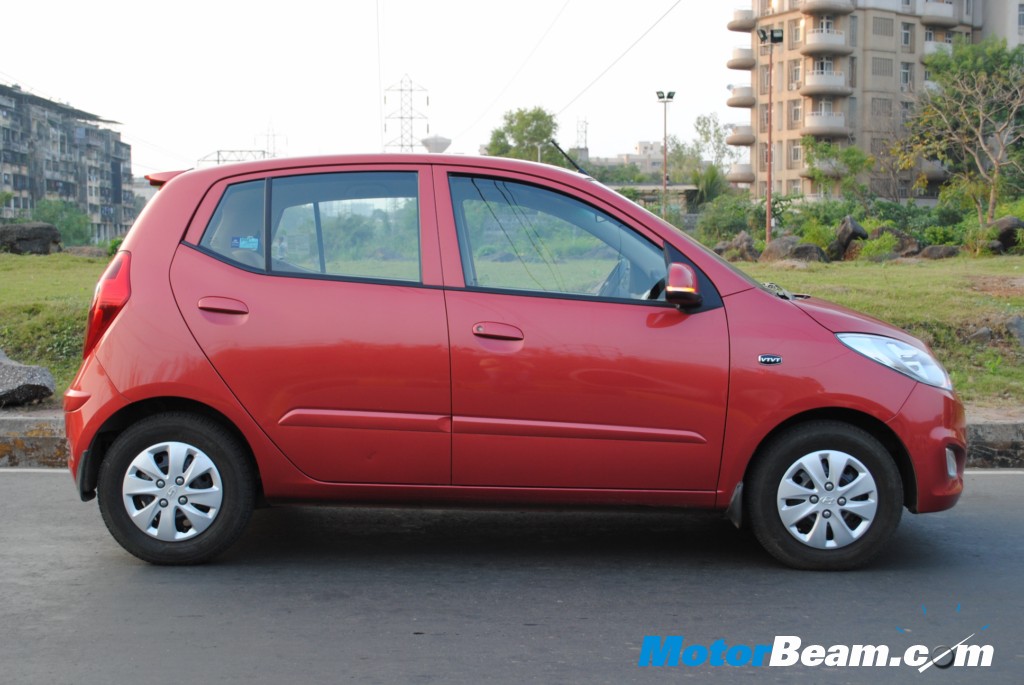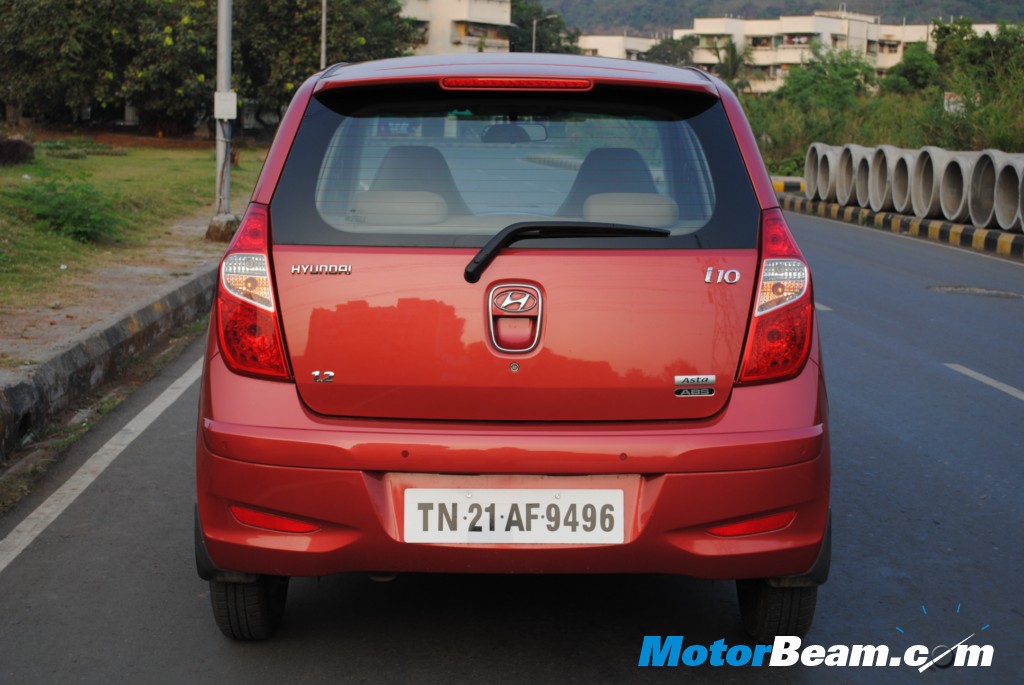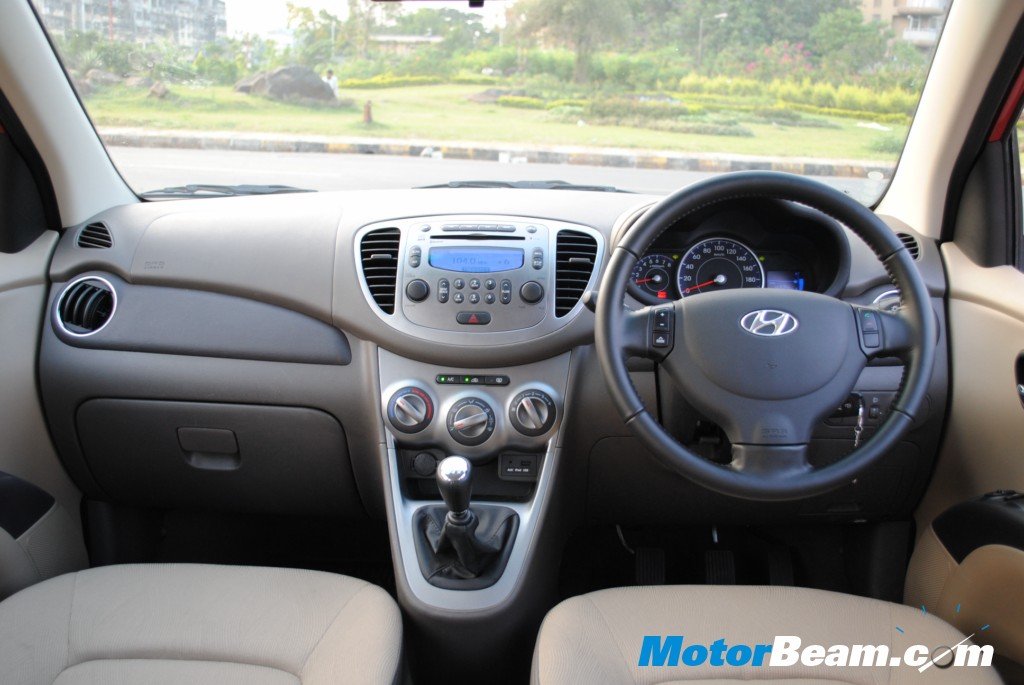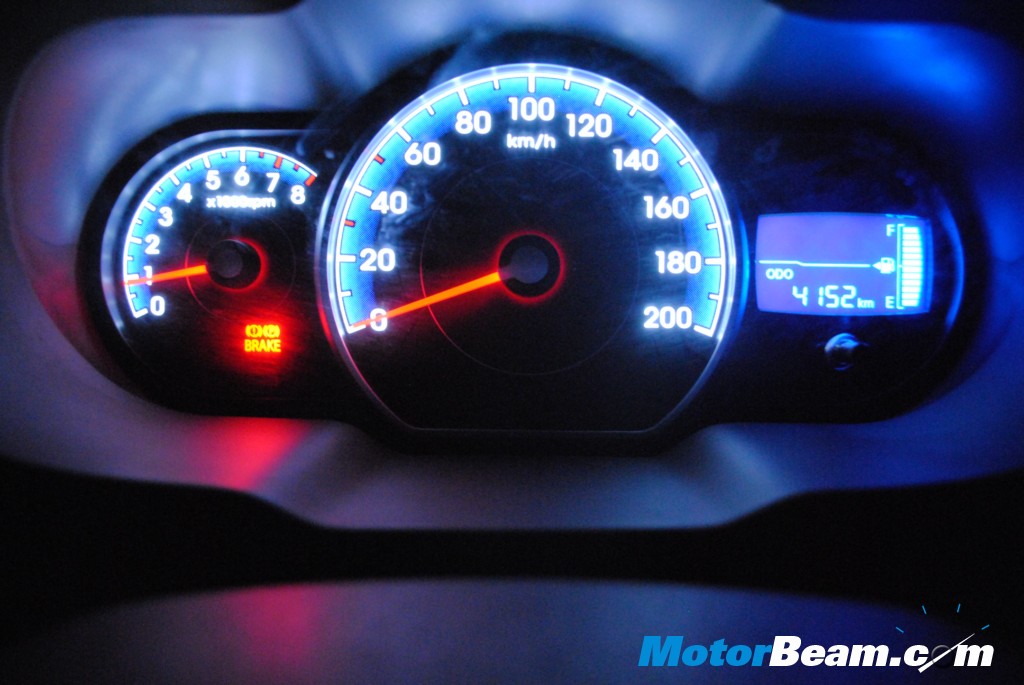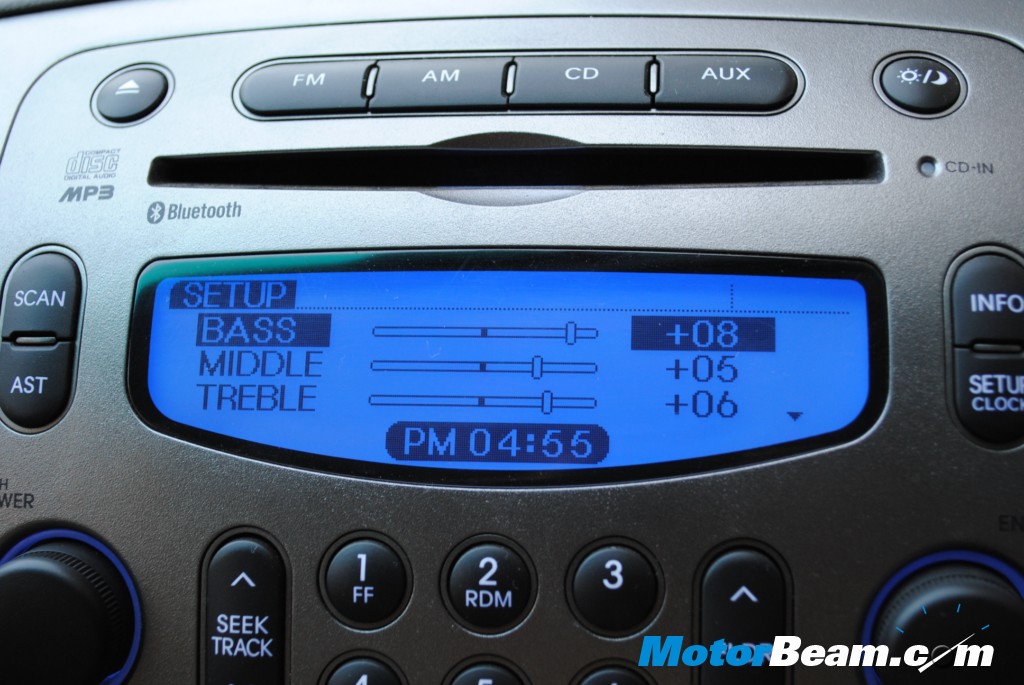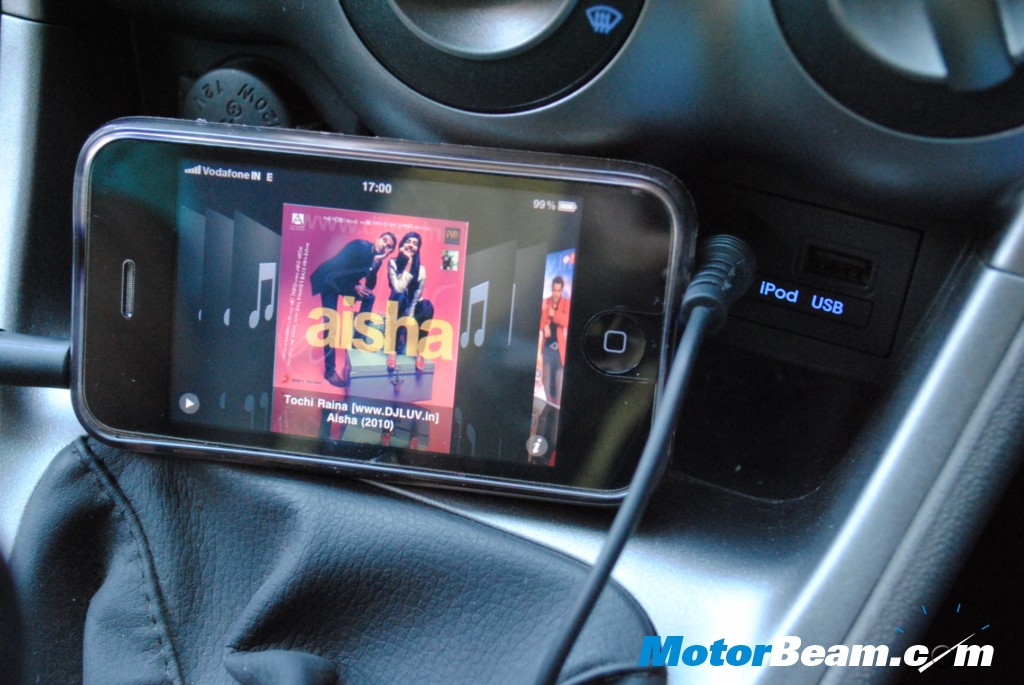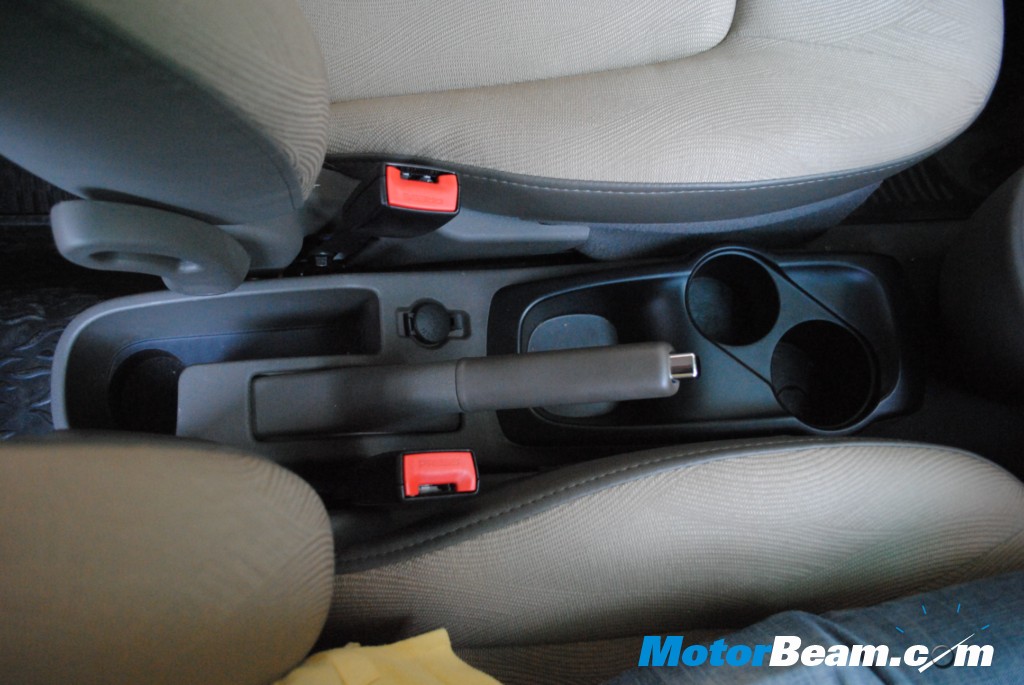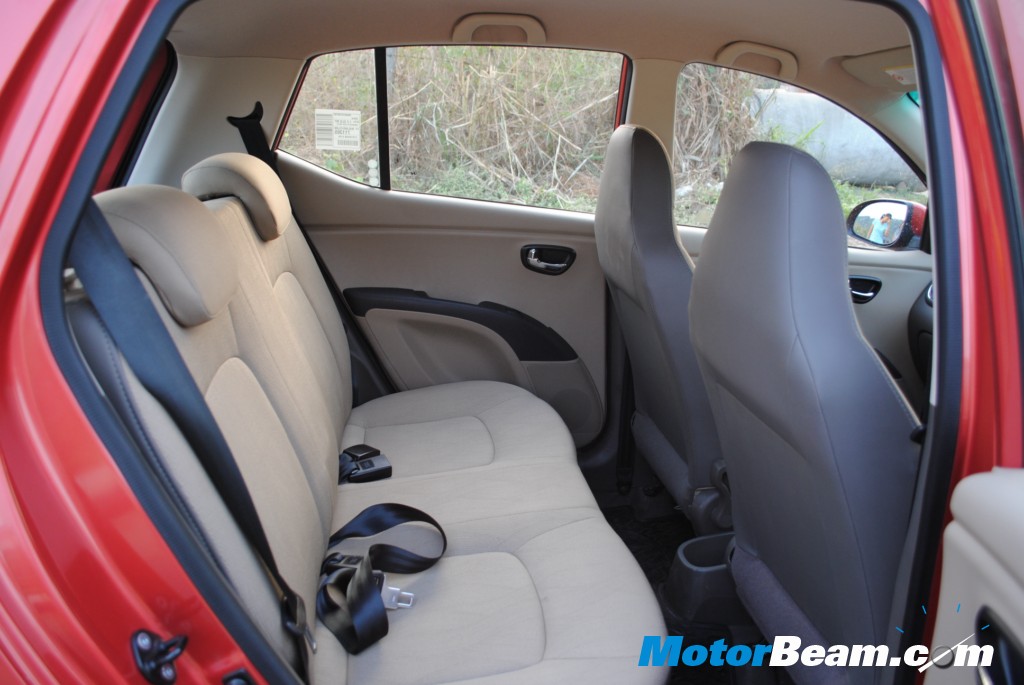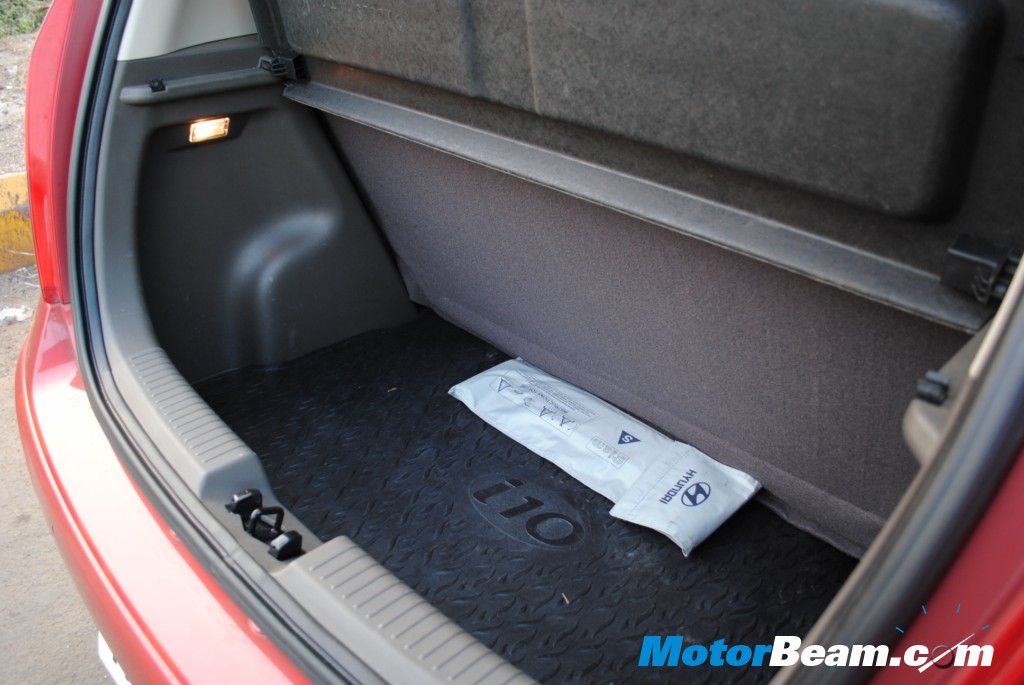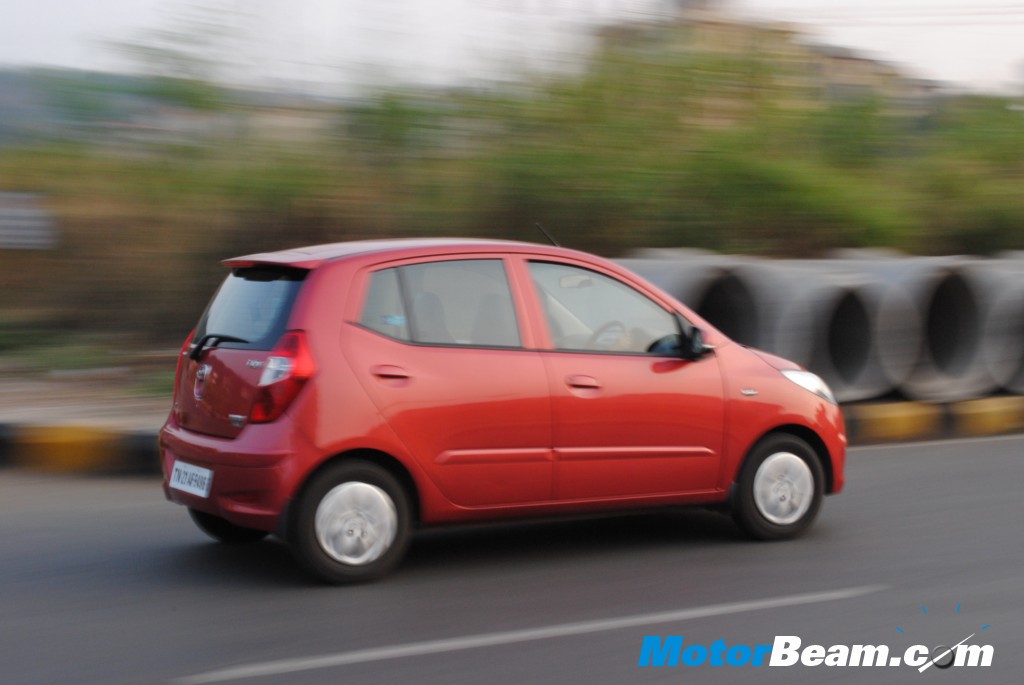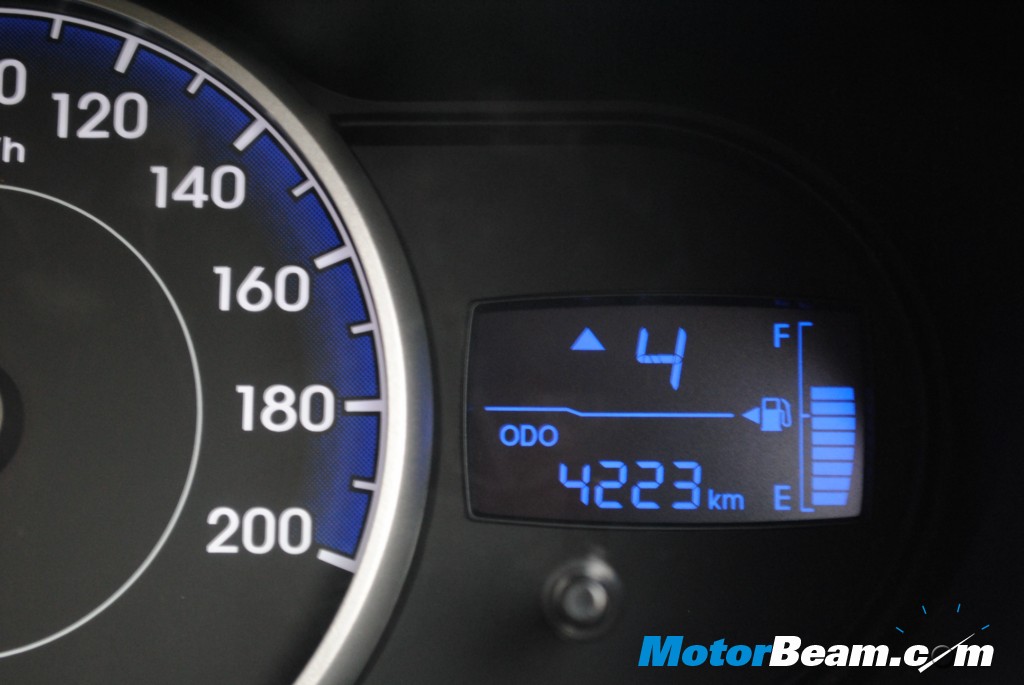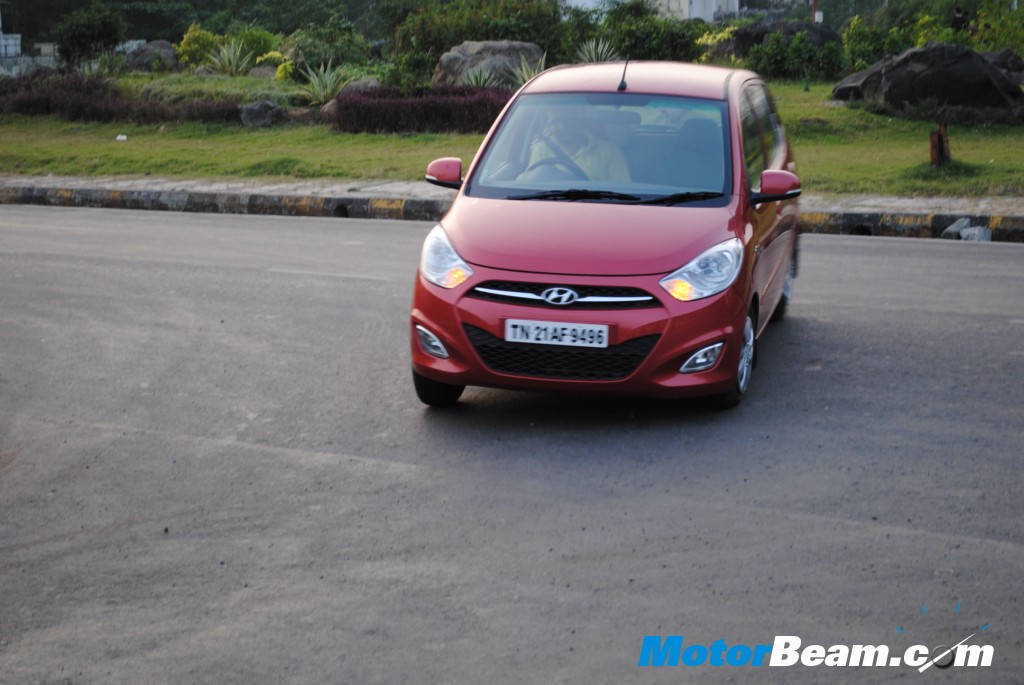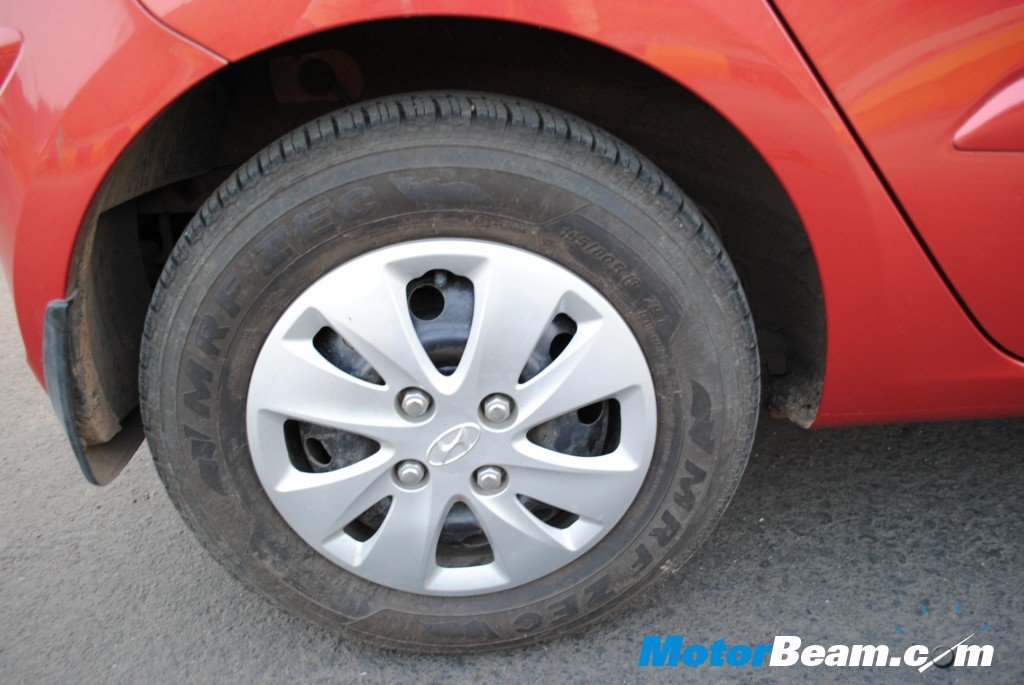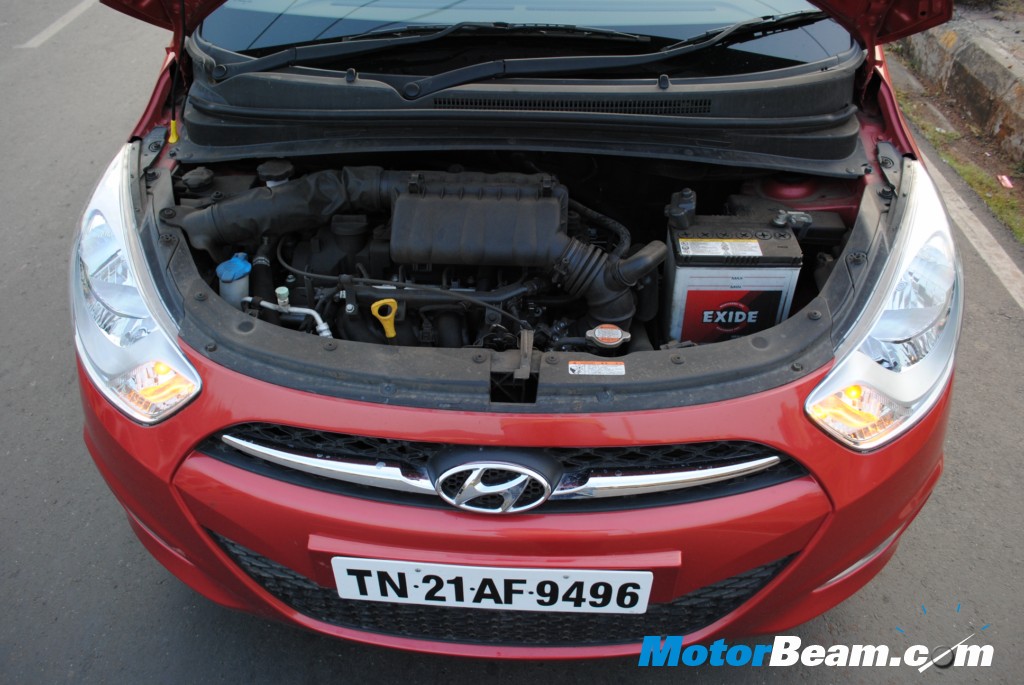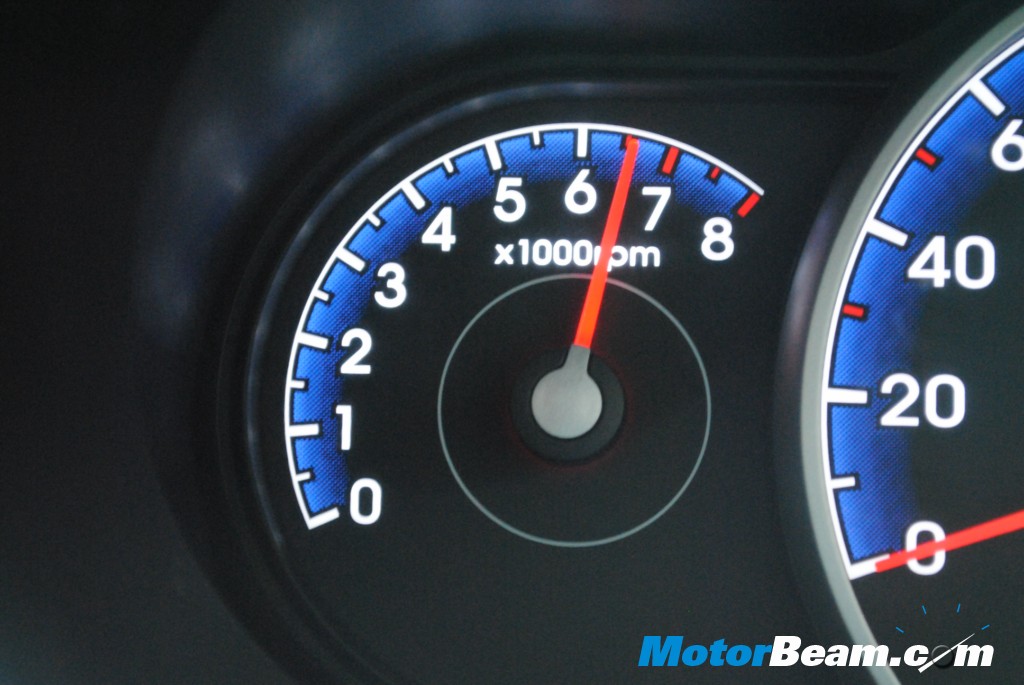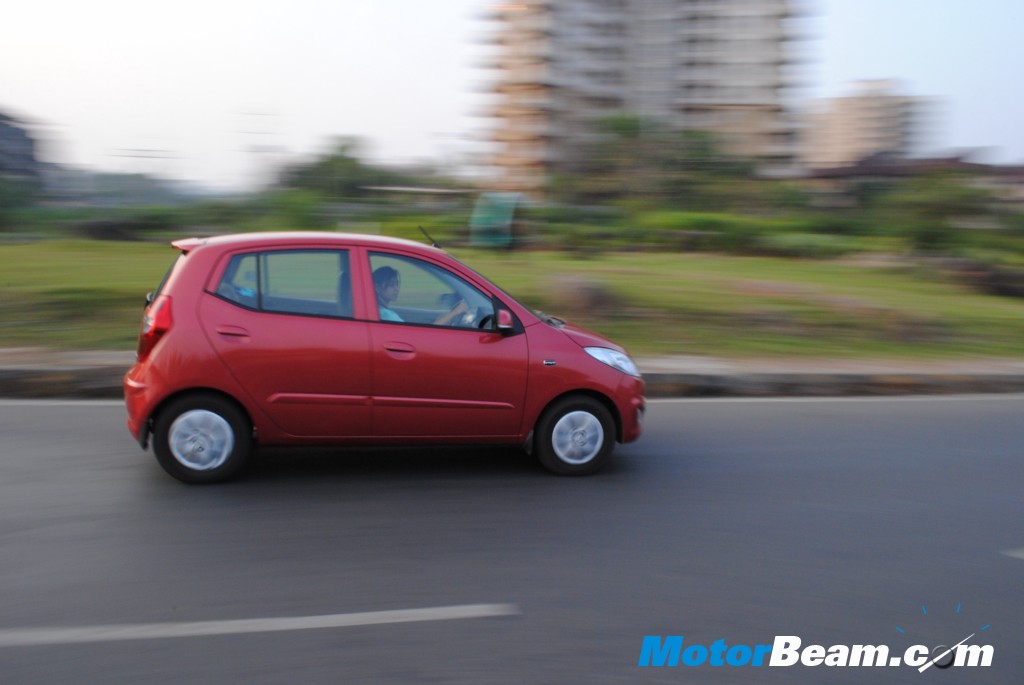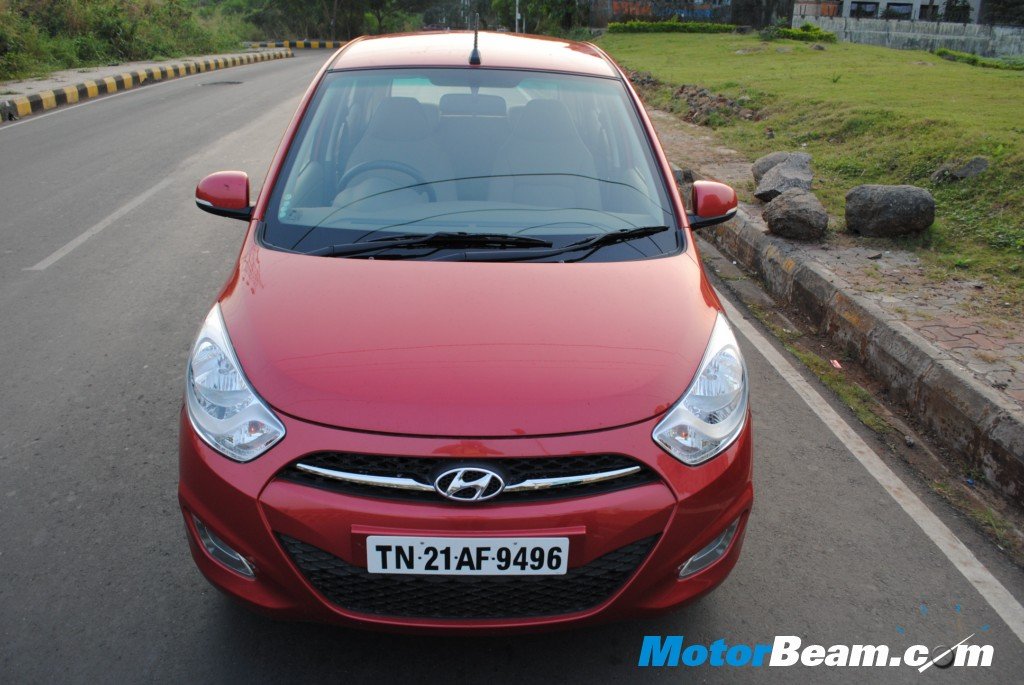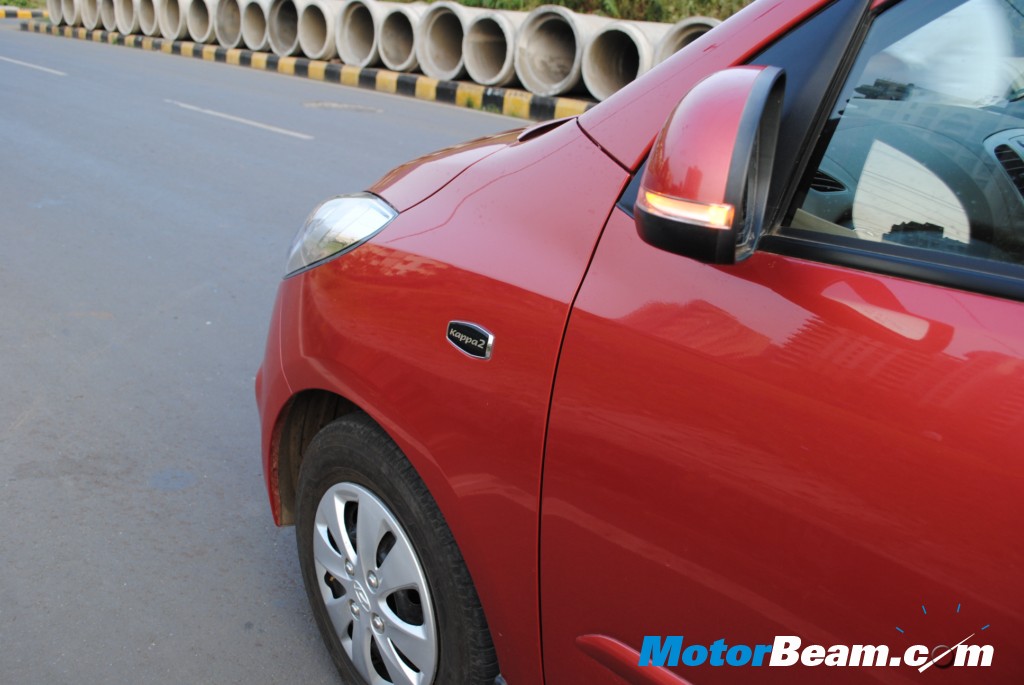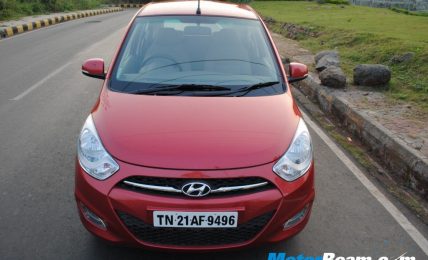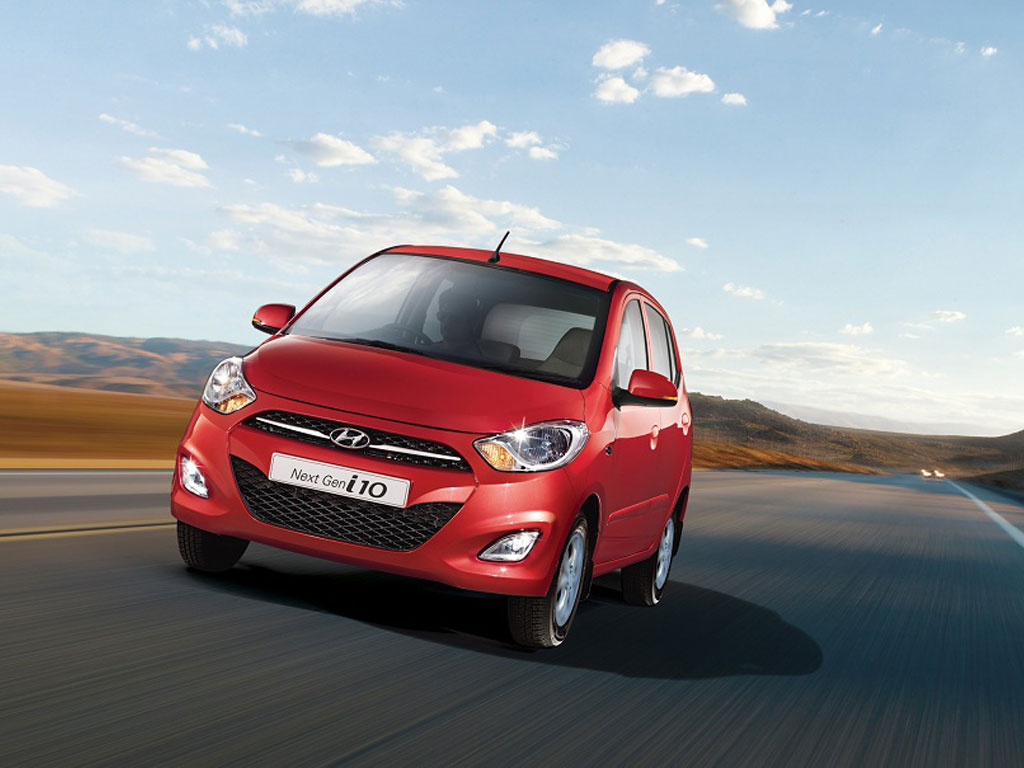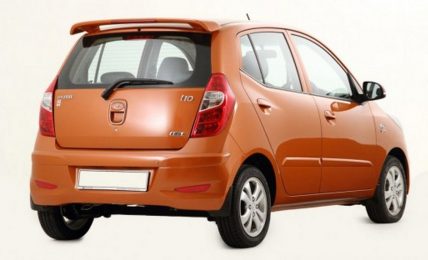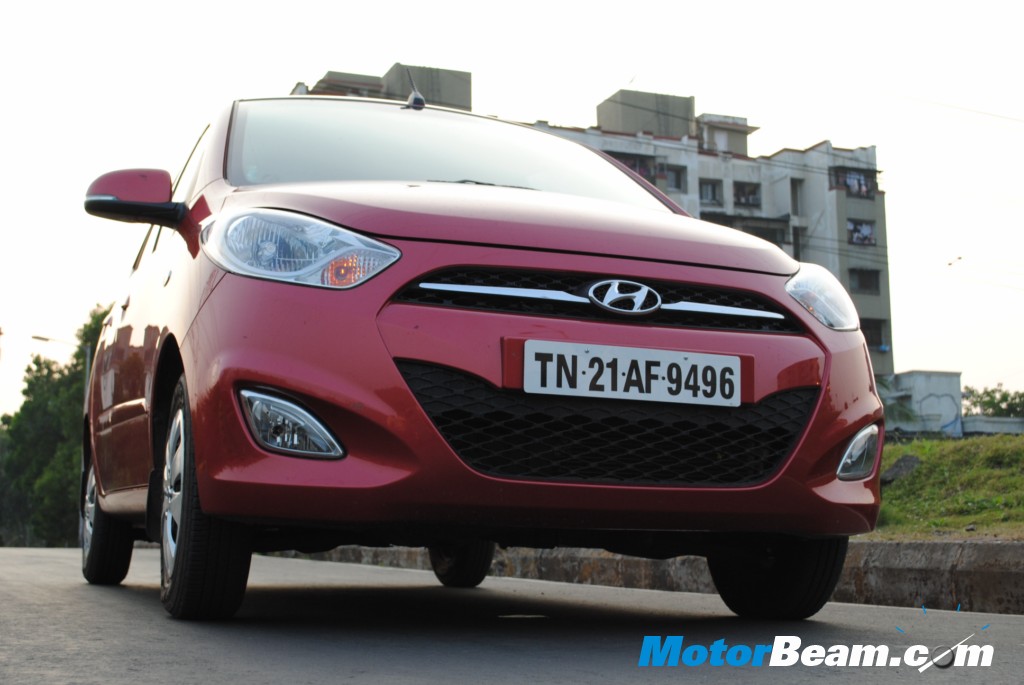
Car tested: 2011 Hyundai i10 1.2L Kappa2 (Asta)
Price OTR Mumbai: Rs. 6,04,548/-
The i10 has been a success story for Hyundai right from the day it was launched and has taken over from the Santro as Hyundai’s best selling car. With many new cars cramming into the already jam packed segment, the i10 was getting dated and needed a much wanted makeover and it sure got one. The new Hyundai i10 not only gets a refreshed look but also comes with some extra goodies such as Bluetooth connectivity and audio controls on steering wheel etc. We catch the i and find out.
Exteriors – The new Hyundai i10 gets a new hexagonal front grille, the new theme grill for all upcoming Hyundai cars and a large mesh-work air-dam beneath, which not only enhances its road presence but also looks sporty. Headlights get an aggressive shape and run almost the entire width of the bonnet with a refreshing raised eyebrow look.
Side indicators are integrated with the outside rear view mirrors and body coloured side moulding is standard on the Kappa2. VTVT and Kappa2 badges are seen on the right and left sides respectively, about the same place where the side indicators were placed on the older model. Alloys wheels conspicuously absent.
The rear houses a new tail lamp assembly and a new rear bumper. Observe carefully and one will notice 4 evenly spaced parking sensors. Yes, new i10 come with a beep only reverse guide system (no digital display). Rear wiper and defogger standard. Similar to the Polo, the Hyundai logo acts as the boot opener.
Interiors – Step in and the i10 feels spacious for a small car. Interiors are of high quality, fit and finish one of the best in the class. The dashboard has undergone a change of colour from the black/beige combination to a more subtle brown with metal finished centre console. Amongst other things, audio controls on steering wheel and bluetooth phone connectivity adds to the list of gadgetry in the Hyundai i10. Outside rear view mirrors are electrically adjustable and are heated to provide better visibility in rainy conditions. The seats and doors have undergone a change of fabric too.
The instrument cluster shows standard parameters and has a muti info LCD screen on the right side which shows a digital fuel gauge, odometer etc. Instrument lighting has evolved from green to blue.
Steering wheel comes with a leather stitching which looks and feels good. Audio controls and call connect/disconnect buttons on the steering wheel add to the convenience. Chunky chrome door lock and opening lever enhance the overall feel.
Audio system is integrated with the dashboard and there is more scope of tweaking it to get the quality of sound you want. Sound quality is average but a few settings on the system can give you better results.
Aux and USB connectivity is very thoughtful indeed. Though its is the trend of the times, many higher segment cars fail to provide the same.
Enough space for odds and ends. An extra charging point provided for the rear passengers.
Front seats get integrated head rests. Rear legroom is just about adequate.
Boot space is about the average the segment offers.
On the Move – Jump into the drivers seat, adjust the seat to your desired height with the height adjuster and crank the ignition, the Kappa2 engine sounds no different than its predecessor though noise levels have been marginally reduced. Slot into first and you will notice that the new Hyundai i10 is a more fun to drive car. Engine figures may not look too different (mentioned later) but introduction of variable valve timing and shortening of the first and third gear have done wonders to the driveability of the car. The steering is truly ‘Zippy” as King Khan describes it & the i10 negotiates city traffic with utmost ease.
The i10 is also equipped with a gearshift indicator (on the multi information display) which suggests whether one should upshift or downshift as per the requirement to derive the best performance and fuel efficiency.
Ride, Handling and Braking – Hyundai has opted for a stiffer front suspension setup and a soft rear suspension. This translates into a relatively more comfortable ride at the rear but overall its a comfortable bet. The i10, by virtue of its ultralight steering is nimble, sure footed and extremely easy to maneuver in city traffic conditions. The i10 turns in easily and the steering gives you enough feedback at high speeds too.
ABS is standard on the Kappa2 and though it does its job, the i10 is severely undertired and the puny 155/80/13 tyres run out steam on heavy braking but surprisingly the i10 does not feel unstable at moderately high speeds. Cornering at these speeds is best avoided considering the nature of the tyres.
Performance – The new i10 has undergone a major change as far as its powerplant is concerned. The i10 is available in 2 engine options namely the 1.1 iRDE and the 1.2 Kappa. In the new i10, the pistons are coated with a special coating to reduce friction and the intake and exhaust valve diameter has been increased along with the lift for better performance. The Kappa gets the variable valve timing or VTVT as Hyundai calls it. This not only improves fuel efficiency but caters for better driveablity and reduced emissions.
The 1.2-litre 16 valve DOHC, Kappa2, engine produces 80 PS at slightly less than 6000 RPM and 11.4 kgm at 4000 RPM and occupies minimal space contributing to the interior space. Though the figures don’t indicate much difference from the older engine, get behind the wheel and its a different story altogether. The engine feels peppy in the wider tacho band and the delivers right from 2000 upto 6000 rpm. ARAI figures indicate a class leading mileage of 20.36 kmpl and the Hyundai i10 comfortably delivers 16 – 17 kmpl (mix of city and highway). Floor the pedal to the metal and it hits 100 in 13.4 seconds and the speedo goes upto 120 comfortably and finally the i10 tops out of breath at 150 km/hr.
Conclusion – The i10 has been the segment benchmark for a long time and the new refreshed i10 is only better. Equipped with the first in segment features like variable valve timing and smart gadgetry like bluetooth connectivity, Aux/Usb support etc, the i10 is undoubtedly the best package in the segment. In a price sensitive market like India, the Kappa 2 is slightly more expensive to own and with many options available the i10 sure spells true value for your buck.
Whats Cool
* Refreshed looks
* Bluetooth and Audio controls of steering wheel
* Accessibility of controls
* Best in class mileage
* Peppy engine
Whats Not So Cool
* Wider tyres would be appreciated
* Boot space
2011 Hyundai i10 Specifications : –
* Engine: 1197 cc, 4 cylinder, 16V, DOHC, VTVT
* Power: 80PS @ 6000 rpm
* Torque: 11.4 kgm @ 4000 rpm
* Transmission: 5 speed manual
* Top Speed: 150kmph
* 0-100kmph: 13.42 seconds
* Fuel Consumption: 16-17.5 kmpl (city + highway)
* Fuel Type: Petrol
* Suspension: Mcpherson Struts with Coil Spring (Front) & Coupled Torsion Beam Axle with Coil Spring (Rear)
* Tires: 155/80/13 Tubeless Radials
* Brakes: Ventilated Disc (Front), Drums ( Rear)
* Safety: ABS, Dual SRS Front Airbags, Immobilizer
2011 Hyundai i10 Dimensions : –
*Overall length x width x height: 3585 mm X 1595 mm X 1550 mm
* Wheelbase: 2380 mm
* Boot Space: 225 ltrs
* Front/Rear Track: 1400/1385 mm
* Ground clearance: 165 mm
* Fuel Tank Capacity: 35 litres
* Kerb Weight: 860 kgs


